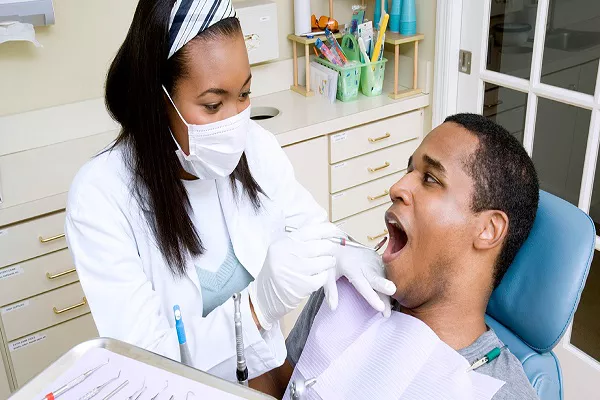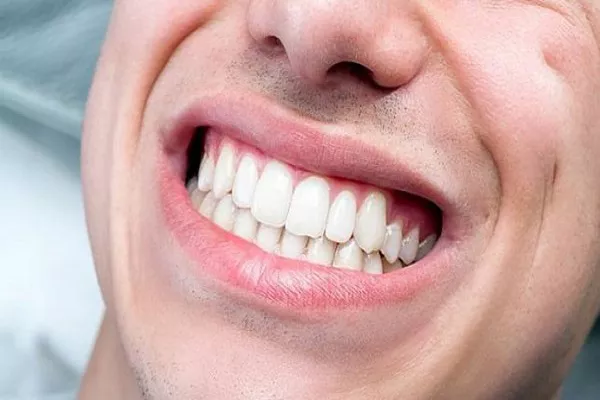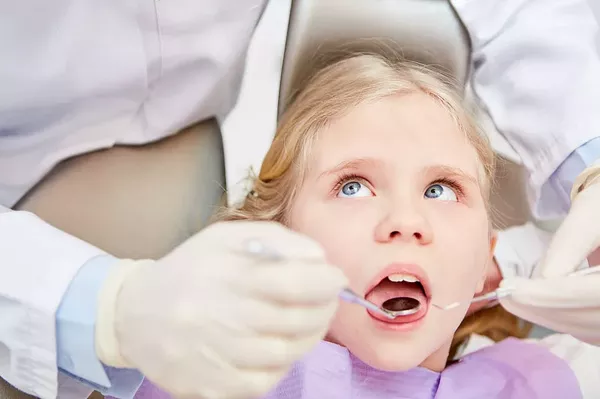In the quest for a perfect smile, braces have become an indispensable tool for achieving straighter teeth. However, an unexpected issue often arises for many individuals undergoing orthodontic treatment – yellowing teeth. This phenomenon can be perplexing, but fear not! In this comprehensive guide, we will delve into the reasons behind why your teeth may turn yellow when you have braces. Let’s explore the science behind this common concern and discover effective strategies to maintain a bright, white smile throughout your orthodontic journey.
Oral Hygiene Challenges with Braces:
Braces, while instrumental in aligning your teeth, can present unique challenges when it comes to maintaining optimal oral hygiene. The intricate design of braces creates additional nooks and crannies that can trap food particles and plaque, making it harder to brush and floss effectively. As a result, inadequate cleaning may lead to the accumulation of bacteria, causing teeth to lose their natural luster.
1.1 The Importance of Proper Brushing Techniques:
To combat the yellowing effect, it is imperative to adopt proper brushing techniques. Utilize a soft-bristle toothbrush and pay extra attention to brushing along the gumline, brackets, and wires. Using fluoride toothpaste aids in preventing decay and maintaining enamel strength.
1.2 Flossing and Interdental Brushes:
Don’t neglect the spaces between your teeth. Flossing can be challenging with braces, but it’s essential for removing trapped debris. Interdental brushes, designed to navigate around braces, can also be an effective tool in maintaining oral hygiene.
1.3 Regular Dental Check-ups:
Schedule regular dental check-ups to monitor the health of your teeth and address any concerns promptly. Professional cleanings can remove stubborn plaque and tartar that may contribute to discoloration.
Dietary Habits Impacting Teeth Color:
The foods and beverages you consume play a significant role in the coloration of your teeth. Certain items are notorious for staining teeth, and individuals with braces may be more susceptible to discoloration.
2.1 Limiting Staining Culprits:
Cut down on the intake of dark-colored liquids such as coffee, tea, and red wine, as they can leave behind unsightly stains on your teeth. Additionally, minimize the consumption of highly pigmented foods like berries and beets to reduce the risk of yellowing.
2.2 Hydration and Rinse Technique:
Stay well-hydrated, and consider rinsing your mouth with water after consuming staining foods or beverages. This simple practice helps to wash away potential staining agents and mitigate their impact on your tooth color.
Brace Material and Tooth Discoloration:
The materials used in braces, particularly metal brackets, may contribute to the yellowing effect on teeth. Understanding the composition of your braces can provide insights into this phenomenon.
3.1 Metallic Components and Oxidation:
Metal brackets, often made of stainless steel, can undergo oxidation over time. This oxidation process may result in a yellowish appearance, affecting the overall color of your teeth. Choosing braces with alternative materials may help alleviate this concern.
3.2 Tooth Enamel Interaction:
The interaction between the metal components of braces and the enamel of your teeth can contribute to discoloration. Maintaining good oral hygiene practices can mitigate these effects and prevent prolonged discoloration.
Fluorosis and Yellowing Teeth:
Fluorosis, a condition caused by excessive fluoride intake during tooth development, can also manifest as yellow or brown stains on the teeth. Individuals with braces may be more susceptible to fluorosis due to the challenges in maintaining proper oral care.
4.1 Monitoring Fluoride Levels:
Be mindful of the fluoride content in your toothpaste and other oral care products. While fluoride is essential for dental health, excessive use can lead to fluorosis. Consult with your orthodontist or dentist to ensure you are using products with appropriate fluoride levels.
4.2 Preventive Measures for Fluorosis:
Consider alternative fluoride treatments or products that are specifically designed for individuals with braces. These alternatives can help prevent fluorosis-related discoloration and promote overall dental health.
Conclusion:
Maintaining a radiant smile during orthodontic treatment requires a combination of diligent oral hygiene practices, mindful dietary choices, and awareness of potential factors contributing to yellowing teeth. By following these strategies and staying proactive in your dental care routine, you can confidently navigate your braces journey with a bright and beautiful smile. Remember, a little extra effort in caring for your teeth today will result in a stunning, healthy smile tomorrow.
Related Links:
Should you rinse out your mouth after using whitening strips?
What teeth whitening method works best?
Why are teeth whitening strips so expensive
































